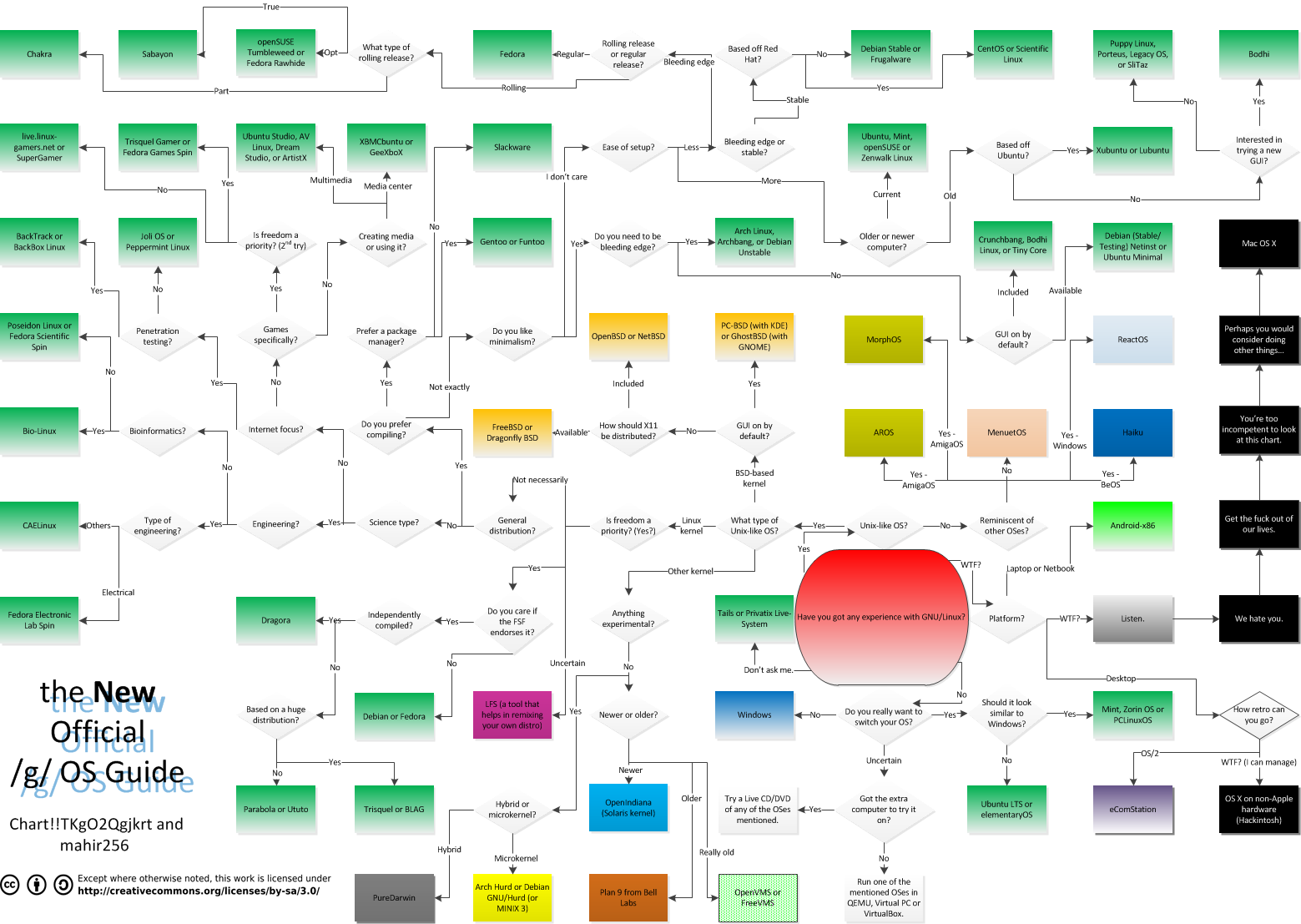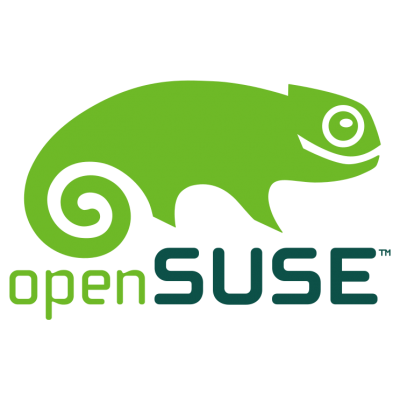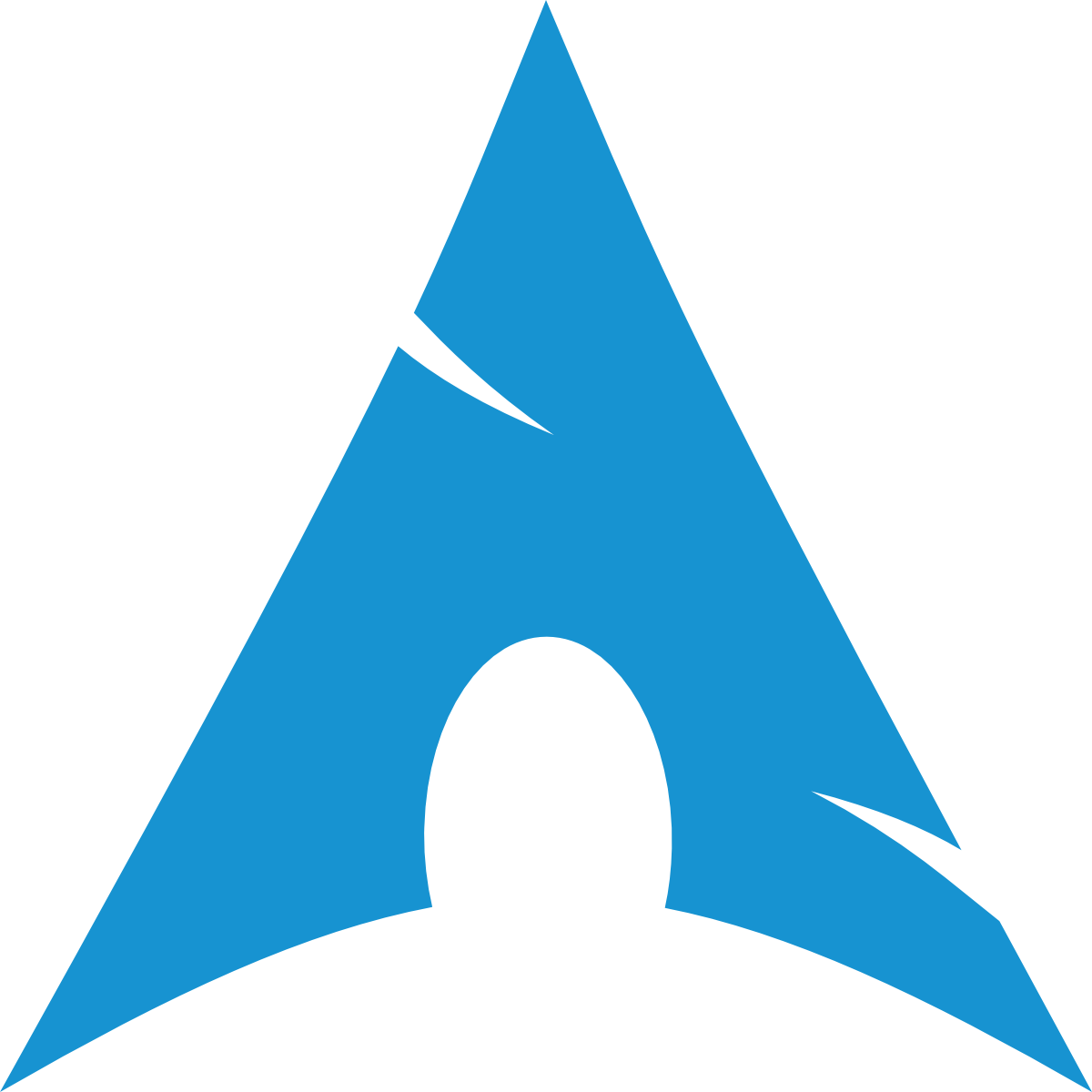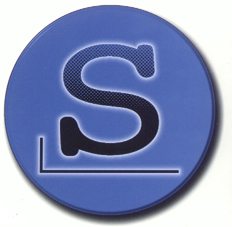hello friends! new(ish)!
Babbies First Linux

Being a technology board, talk of different operating systems and distributions is common. You may desire to try a new OS after reading about them. For users looking to make the switch from Windows or Mac to a Linux distribution, here are some insights about distributions in Linux, and recommendations about them.
Installing an OS
It is recommended that you test out an OS in a Virtual Machine such as VirtualBox or run it from a Live CD/USB before installing it. This lets you test out the operating system without any permanant change to your system. You should also consider booting as a live CD to ensure good hardware compatability.
There are detailed instructions available on installing Linux Mint in a VirtualBox.
However, if you've decided to dedicate yourself to GNU/Linux -- getting it up and running isn't as daunting as one might think. First of all: you have to figure out what distribution you want, and what architecture your CPU has, and download the corresponding ISO. Do download it with torrent, or check the checksum after it has finished downloading. It will save you a lot of hassle if you get a corrupted ISO. There are multiple tools available for creating a inux bootable USB from this ISO, where the most common ones are UNetBootin if you're already running Linux, and Win32ImageWriter if you're on a Windows system. Boot from the USB, follow instructions. Problems? Official distribution manual, or just make a thread on /g/ or make a post at /g/flt once you have searched exhaustively on Google.
Desktop Operating Systems
If you are looking for an OS for daily use, try one of these. Keep in mind that most of your software and games will not work if you don't have the time to fiddle with Wine. However, most software has an equal or better FOSS replacement. Check out osalt for more information on open source alternatives.
dpkg-based distros
Debian

|
Debian is great for both desktops and servers. It is the base of many distros, including Ubuntu and Mint. GNOME is the default desktop, but several others can be chosen during installation. It comes in three variants:
After the systemd debacle in Debian, there has been a fork of Debian called Devuan that aims to be minimalist, keep the Unix philosophy in mind and preserve init freedom. It is not ready for production use yet, according to the developers. |
Ubuntu

|
Ubuntu is a common beginner's choice. It is based on Debian, but despised by /g/ and /tech/ for its default desktop environment and Amazon spyware. However, Ubuntu is easier to learn than the majority of distributions except possibly Mint. It has a fairly intuitive user interface and lots of support. A polished LTS (Long Term Support) version is released every two years and supported for five years with security and performance updates. Regular versions are released every six months with bleeding-edge packages, but are only supported for nine months. Its online search feature sends data to Canonical who shares it with Amazon, but it can be turned off. If you dislike Unity you may wish to try a variant of Ubuntu. There are several official flavors that are not commercially supported by Canonical. The most popular are:
|
Linux Mint

|
Linux Mint is based off and completely compatible with Ubuntu. The default desktop is Cinammon, but several others are available, including a light weight MATE version. Mint's Cinammon desktop is incredibly polished and user friendly. The Amazon services integration from Ubuntu is removed, but proprietary software like Flash is installed by default. Since it is based on Ubuntu LTS, its packages are a bit ancient. This is a good distribution for beginners to try before something like Debian, Arch, or Gentoo. |
Bunsen Labs

|
Bunsen Labs is a lightweight Debian-based distribution. It is the officially endorsed community continuation of CrunchBang since development on that project was discontinued. It is mostly aimed at experienced users, but can also be used to educate newer GNU/Linux users because of the intuitive nature of Openbox. If you're willing to learn how to edit configuration files, you may learn a little bit on the way. Overall, it's user friendly while providing convenience to more experienced users. |
rpm-based distros
Fedora

|
Fedora is sponsored by Red Hat and aims to be cutting edge. A new version is released every six months and each version is supported for about a year. It is almost as user friendly as Ubuntu, but with the advantage of more up to date packages and better upgrade between versions. However, its repositories are not nearly as large because it does not allow proprietary and patented software. You can add repositories quickly and easily to fix that. If you add RPM Fusion, you can have access to almost any program you will need. Also check Fedora's COPR, they work similar to PPA and are additional repositories for specific software. Fedora is available in workstation, server and cloud flavors. GNOME is default in Fedora, but there are several spins for other desktop environments. Netinstall is good for minimal installs because it lets you choose which packages you want and gets the latest versions. However, it is not recommended over a slow or unstable internet connection. |
openSUSE

|
openSUSE is a popular community supported distribution sponsored by the German-based company SUSE. It uses KDE by default, but other desktop environments can be chosen during installation. It includes a powerful GUI program similar in functionality to a control panel called YaST. Zypper is its package manager. A new version is released approximately every eight months and each version is supported for eighteen months. OpenSUSE also has a rolling release version called Tumbleweed which is regularly updated with stable packages. OpenSUSE hosts the Open Build Service which is a development platform that simplifies compilation of a single package for multiple distributions including Debian, RHEL, Fedora, Mandriva, Ubuntu and all SUSE versions. |
Mageia
| File:Mageia.png |
Mageia is a fork of Mandriva Linux formed in September 2010 by former employees and contributors to the popular French Linux distribution. Unlike Mandriva, which is a commercial entity, the Mageia project is a community project and a non-profit organisation whose goal is to develop a free Linux-based operating system. |
pacman-based distros
Arch

|
Arch is a distro known for its KISS policy and The Arch Way. Known for its rolling release and bleeding edge packages, it uses pacman as its package manager, which is very simple to some users. A base install of ArchLinux takes only less than 800MiB space of disk. It is common for ricers to use Arch because of its minimal base installation, allowing you to choose your own packages. It is also known for its wiki, which has an extensive documentation of nearly everything in GNU/Linux, and the AUR (Arch User Repositories), dubbed as the biggest software repository in the world. You can also use its installer: Archboot, it installs Arch, with no Antergos/Manjaro bloats, and with no hassle. See Archboot on ArchWiki. |
Antergos

|
Antergos is a distribution based off Arch, basically it is just Arch Linux with a nice installer. Unlike Manjaro, Antergos fully utilize ArchLinux's repository instead of making its own repository. By default, Antergos' Live ISO boots to GNOME 3 (unless you use Antergos netinstall, which uses Openbox), but when you start to install it, there are around 6 desktops (5 DE and 1 WM) to choose from its installer. The perk of using Antergos is, of course, the access to AUR. |
Manjaro

|
Manjaro is a distribution based off Arch, in many ways similar to Linux Mint, this distribution also focuses on user-friendliness, claiming that the user will never have to use the terminal. Despite being Arch-based, Manjaro uses its own repository and hold Arch's packages, claiming that everything from Arch is tested first. It comes with numerous tools pre-installed, similar to those in Linux Mint, from Steam to LibreOffice. Its default DEs are either XFCE or KDE, but there are also numerous DEs and pure WMs you can choose from. Being Arch-based, that means you can have access to the AUR. Manjaro contains a great deal of software in the default installation and its maintainers are known for asking their users to travel back in time and totally not being fans of Nine Inch Nails |
portage-based distros
Gentoo

|
Gentoo is actually not a bad choice at all. But if you make a thread asking for help, expect a ton of "Install Gentoo" responses. A common misconception is that gentoo is actually very hard to install. If you have patience, a few hours to burn, and can read a manual, it's not actually hard. What is annoying is maintaining gentoo after you have it installed, and if you have a slow machine, compiling programs can be a pain in the ass. There are binary packages available in portage. |
Funtoo

|
Funtoo is a Gentoo-based distro that uses git to sync repositories. The distro can also be installed from the Gentoo LiveCD. |
Calculate Linux

|
Calculate Linux is a hassle-free Gentoo-based distro (with a proper installer) that 'just werks'. It's quite literally Gentoo with sane defaults and a few extra scripts to make your life easier. Worry not, you can still compile the kernel from scratch quite easily to remove the genkernel bloat, or even remove the calculate overlay and calculate-utils entirely, to make it 100% Gentoo. |
Independent Distros
Distros that do not fit inside a category will be added here until an appropriate category is made.
Slackware

|
Slackware is a Linux distribution created by Patrick Volkerding in 1993. Originally based on Softlanding Linux System, Slackware has been the basis for many other Linux distributions, most notably the first versions of SUSE Linux, and is the oldest currently being maintained. Slackware aims for design stability and simplicity and to be the most "Unix-like" Linux distribution. It makes as few modifications as possible to software packages from upstream and tries not to anticipate use cases or preclude user decisions. In contrast to most modern Linux distributions, Slackware provides no GUI installation procedure and no automatic dependency resolution of software packages. It uses plain text files and only a small set of shell scripts for configuration and administration. Without further modification it boots into a CLI environment. There is no formal issue tracking system and no official procedure to become a code contributor or developer. The project does not maintain a public code repository. Bug reports and contributions, while being essential to the project, are managed in an informal way. All the final decisions about what is going to be included in a Slackware release strictly remain with Slackware's benevolent dictator for life, Patrick Volkerding. |
Puppy Linux

|
Puppy is a distribution aimed at being lightweight, fast, easy and portable. Puppy Linux can be run entirely from RAM. It is meant to be booted from a CD or USB as opposed to being installed. Variations such as Racy Puppy exist. |
Void Linux

|
Void Linux is a Linux distribution utilizing the xbps package manager. Although in some ways similar to Arch, it uses runit as its init as opposed to systemd or Gentoo's OpenRC, it also uses LibreSSL security library from OpenBSD and the availability of an x86_64-musl port with the musl C library. |
Alpine Linux

|
Alpine Linux is a mostly GNU-free Linux distro, using musl-libc and busybox instead of your usual GNU utilities. It is primarily designed for "power users who appreciate security, simplicity and resource efficiency". It uses PaX and grsecurity patches in the default kernel and compiles all user space binaries as position-independent executables with stack-smashing protection. |
NixOS
FSF-approved Distributions
The Free Software Foundation maintains its own list of GNU/Linux distributions which are comprised entirely of free software. You can check which distributions the FSF endorses here. Note several distributions which were previously on this list (including Debian and Gentoo) have been removed for various reasons. The FSF also lists its reasons for not endorsing specific distributions here.
Servers
You may be interested in GNU/Linux as a server as opposed to a desktop. While less commonly asked about, it is still quite common.
Debian
Debian is one of the best operating systems to use for a server. Stable, rock solid and not too hard to manage, but at the same time customizable enough for your server's purposes.
Ubuntu Server
Ubuntu server is based off of Debian testing. While this means it does have the slight chance of being not as stable as Debian Stable, it still is a great choice for a server OS. Recent LTS releases have focused on providing heavy integration with Openstack, providing an out of the box turnkey solution to run an OpenStack Icehouse environment in a public, private, or hybrid cloud.
CentOS
CentOS is a Linux distribution that attempts to provide a free, enterprise-class, community-supported computing platform which aims to be functionally compatible with its upstream source, Red Hat Enterprise Linux. Basically is a free clone of RHEL that has the backing of RedHat. The difference is that you don't have the same level of enterprise support you get from RedHat when you buy a RHEL License. But for most issues you will find community support on the internet.
CentOS is a really stable and effective Server distribution but like Fedora and other RedHat backed distributions it only has Free Software on it's repos. If you want to have more software options you need to add additional repos. RepoForge is a good repository for CentOS and other Enterprise Linux compatible distros.
CentOS download:
https://wiki.centos.org/Download
Adding RepoForge on EL 7:
sudo dnf install http://pkgs.repoforge.org/rpmforge-release/rpmforge-release-0.5.3-1.el7.rf.x86_64.rpm
Specialist distributions
Some distros serve other purposes, such scanning for malware, data forensics, penetration testing or several other purposes.
- GParted - a live distro aimed at helping users partition their disks
- Kali - an Ubuntu-based distro aimed at penetration testing
- Tails is a live system that aims to preserve your privacy and anonymity. It helps you to use the Internet anonymously and circumvent censorship almost anywhere you go and on any computer but leaving no trace unless you ask it to explicitly. It is used by Edward Snowden.
- Liberté Linux - Much like Tails, but more lightweight.
- Qubes OS is a security-focused RPM-based distro that aims to provide security through isolation. Virtualization is performed by Xen.
- iPredia - A debian based distro designed for i2p users. This has many i2p applications included such as Robert torrent client, and imule.
